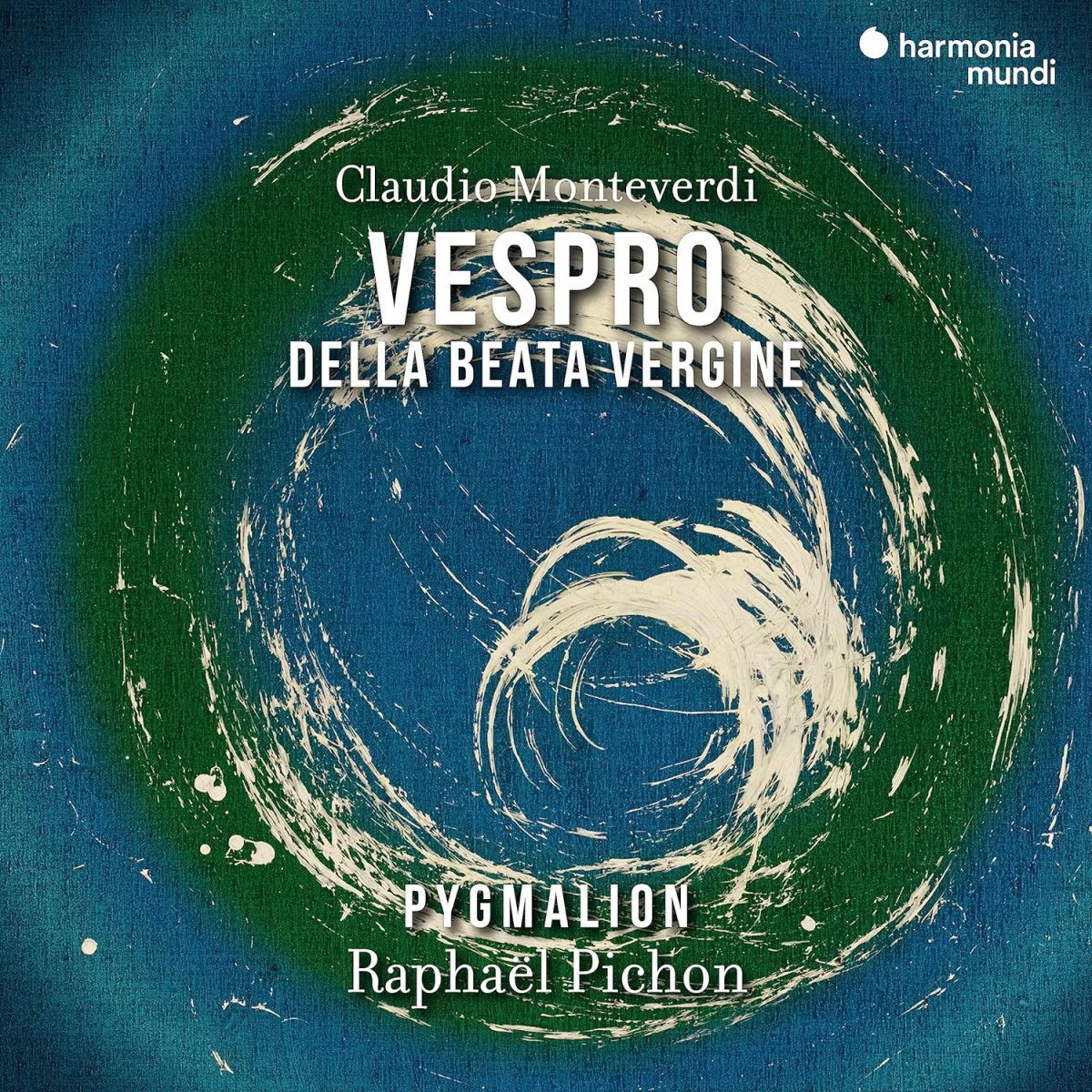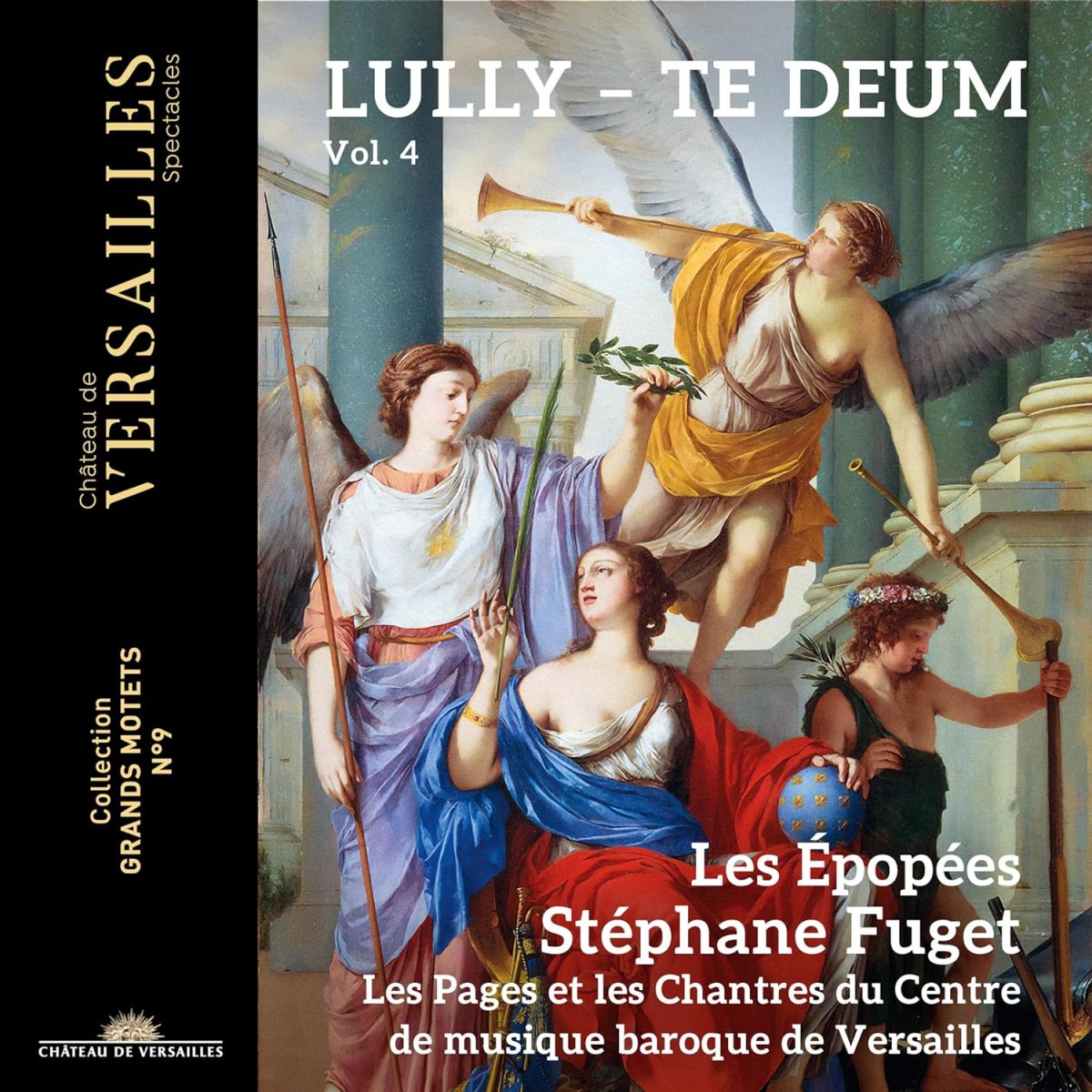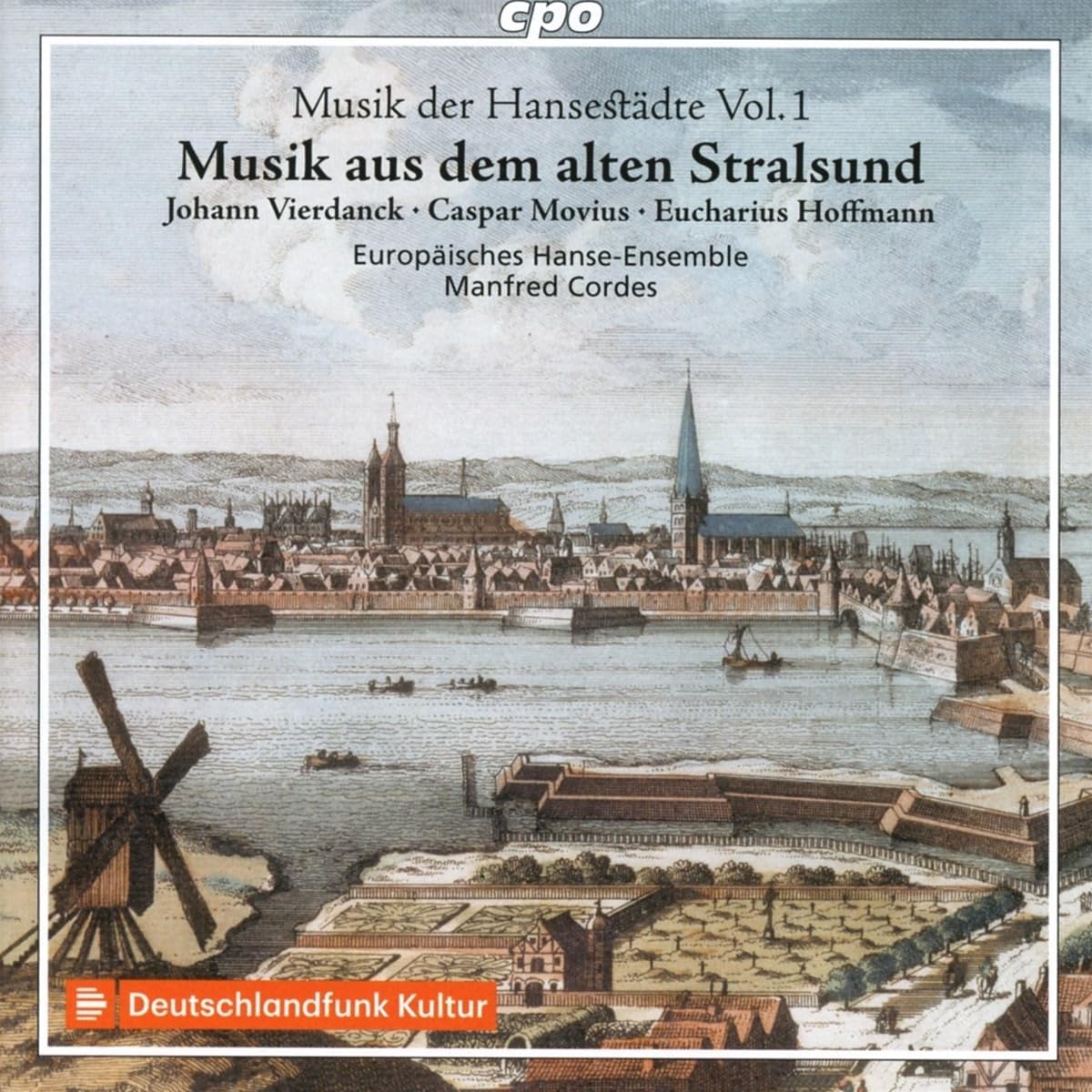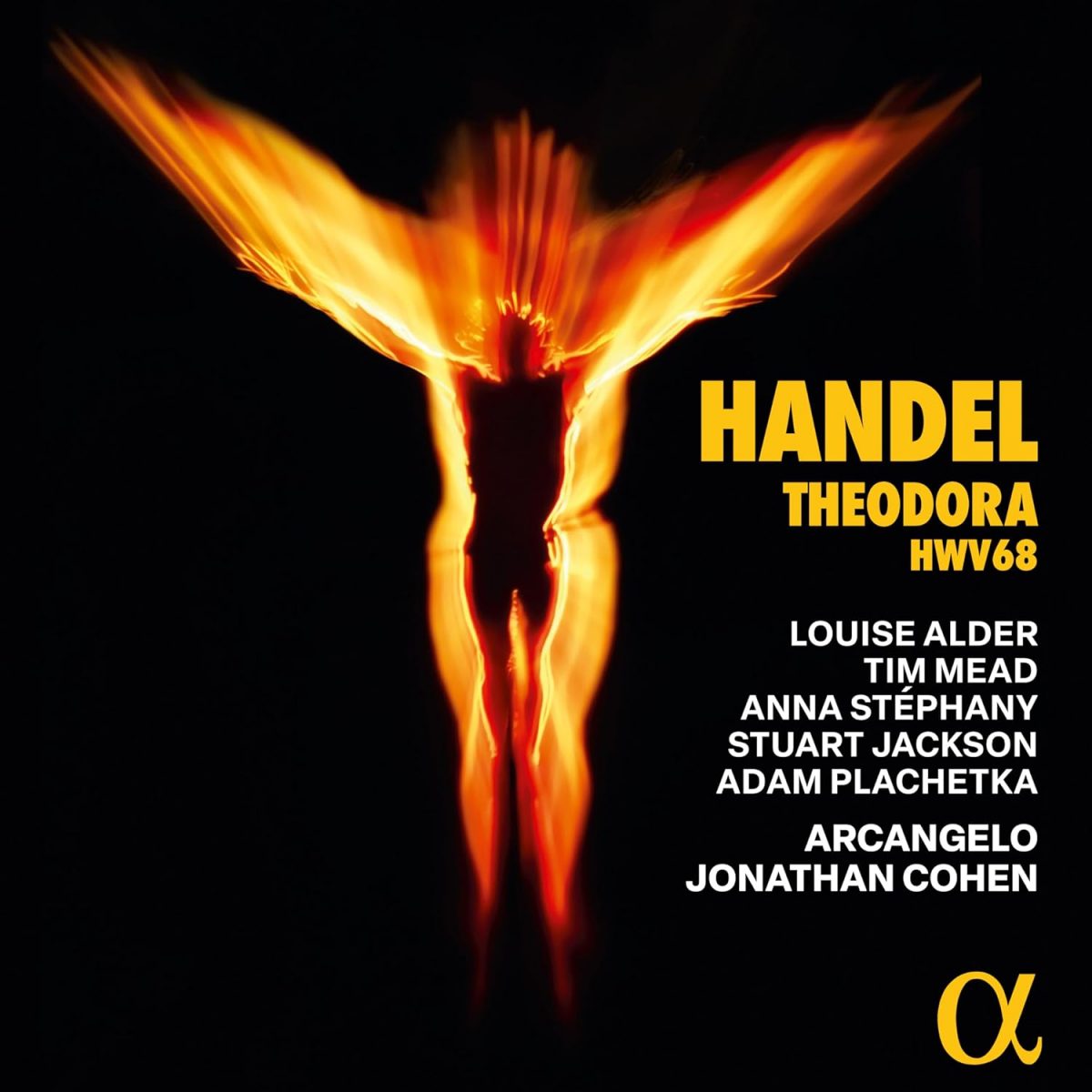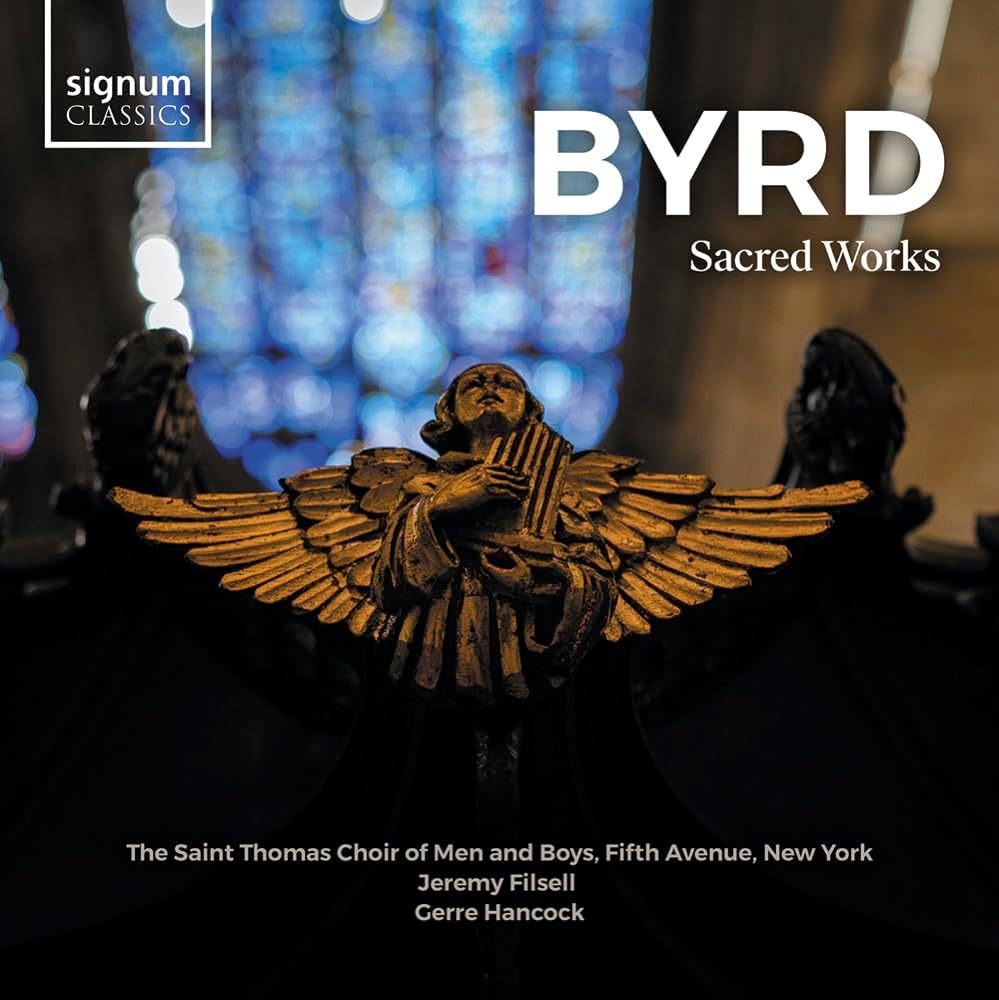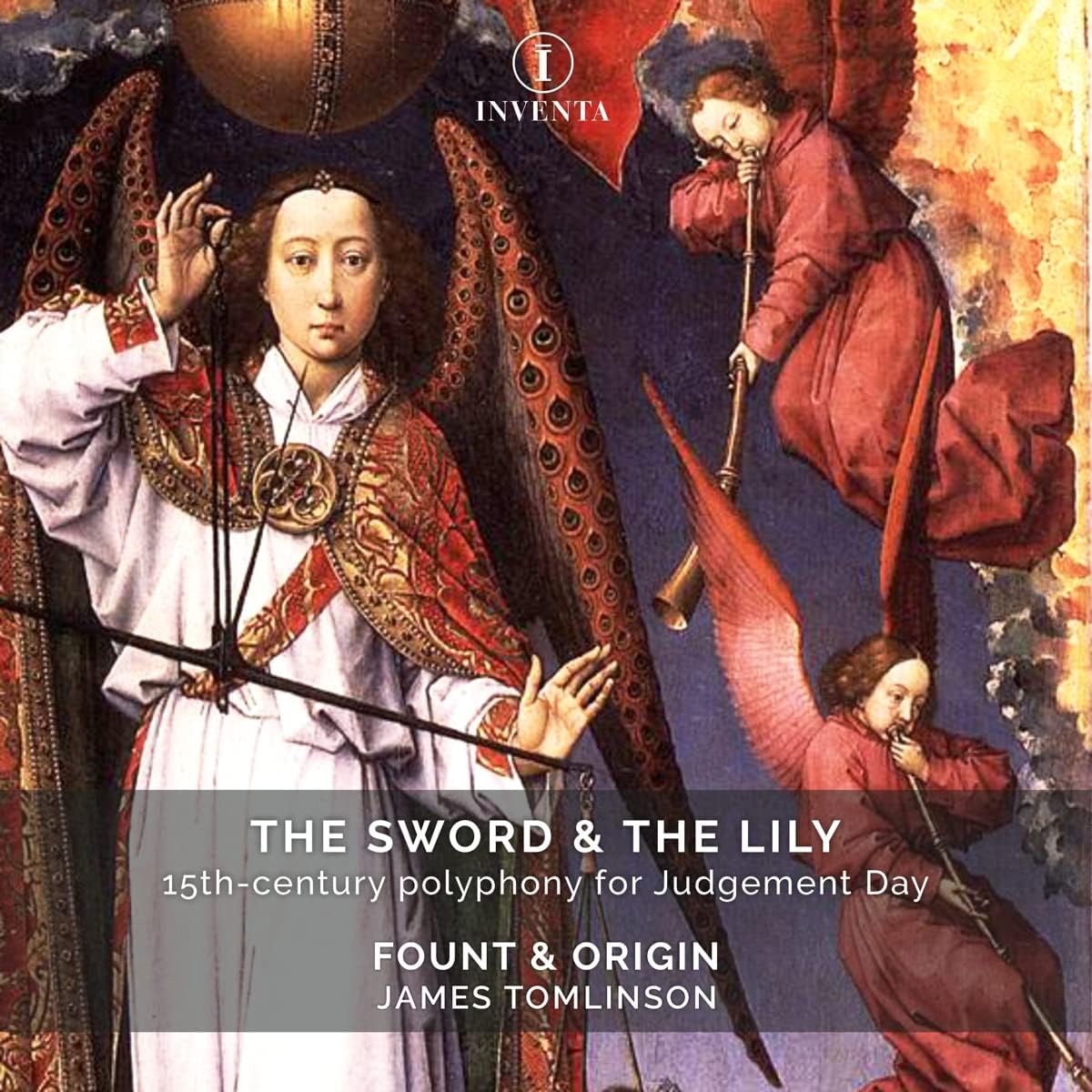Pygmalion, Raphaël Pichon
102:00 (2 CDs in a cardboard box)
harmonia mundi HMM 902710.11
Raphael Pichon’s account of Monteverdi’s Vespers of 1610 has been through a process of metamorphosis since a rather unsatisfactory Proms performance in 2017 followed by a much more convincing account, filmed live in the Versailles chapel which I reviewed enthusiastically in 2019. This version still attempted to set Monteverdi’s music in something of a liturgical context, while unfortunately the DVD subtitles and support materials did a poor job in identifying the interleaved plainchant. This latest CD version for harmonia mundi accepts the current thinking that, far from being a discrete ‘piece’, the publication is a collection of Monteverdi’s best service music written for lavish celebrations of St Barbara at the Gonzaga court of Mantua and gathered together in a portfolio dedicated to the Pope in the hope of employment in one of the important papal institutions in Rome. The failure of this enterprise and Monteverdi’s subsequent career in Venice has frequently influenced performances of this extraordinary music, but actually the important point of reference ought to be the musically flamboyant court of Mantua. The practice of combining the sacred and secular musical resources for the most magnificent Mantuan services for St Barbara justifies the truly epic scale of Pichon’s presentation. It also obviates the need for a liturgical context, and even allows for the aesthetically satisfactory return to the opening fanfare set to relevant text to bookend the whole performance. Epic is the word that keeps coming to mind in describing this latest version of the Vespers, with over seventy musicians performing in the resonant acoustic of the Temple du Saint-Esprit in Paris. Pichon’s control over these large forces is breath-taking, and as previously his line-up of superlative soloists provides us with exquisitely decorated accounts of the solo and small ensemble material. Also prominent in these more intimate moments, although also adding magically to the tutti textures, is a superb team of continuo players, including two harpists, three theorbists, and three harpsichordists, one doubling organ. Their contribution is wonderfully imaginative and perfectly responsive to the voices. The brass and string sections, particularly the two double basses, provide an impressively rich texture to the tutti passages, while the four cornettists contribute virtuosic cadential embellishments which are simply stunning – just listen to them in the concluding doxology of Laetatus sum! Singing at ‘high’ pitch, Pygmalion’s chorus exudes energy and musical purpose and is a model of perfect phrasing and unanimity, while the harmonia mundi engineers have captured this whole remarkable sound in all its vividness. You can tell that this is a performance of a now familiar work which I found thrilling and engaging – it caused me to look back at my favourite accounts by Suzuki, Christophers, and Gardiner’s three versions, and further back to pioneering accounts in the early 1950s by Eugen Jochum and even Leopold Stokowski. What struck me is that for all their scholarly and stylistic shortcomings, the earliest versions had an epic sweep, which has sometimes been missing in later versions. It strikes me that Pichon has managed to embrace the scholarly and the epic dimensions of this music, while modern standards of recorded sound capture this in all its richness and subtlety. This version is not without its quirks – not everybody will like the rather ‘romantic’ dynamic variations (including the curiously ‘cowed’ opening of Dixit Dominus), while the decision to perform the opening and concluding verses of Ave maris stella a capella, when previous conductors’ instincts have been to combine the vocal and instrumental forces accrued in all the other verses, is a curious one. The fact is we have very little idea of the details of performance styles at the time, but knowing that opera singers joined forces with sacred musical forces for the larger-scale religious celebrations suggests that the inherent drama of the music might have been further enhanced for these courtly spectacles.
D. James Ross
